The long-awaited Star Trek: Picard series is here, and we had the opportunity to sit through the entire first episode and comb through everything. The return of the good Captain marks the start of a new story that expands on his TNG-era history and everything that came afterward. There's a lot to like in this first episode, but it wasn't entirely perfect, either. Without further ado, we're going to dive straight in and analyze the 5 things we liked about the first episode, and 5 we disliked.
WARNING: This list contains spoilers, so if you haven't seen the first episode yet, you may want to skip and come back once you're caught up!
10 WE LIKED THE NOSTALGIA
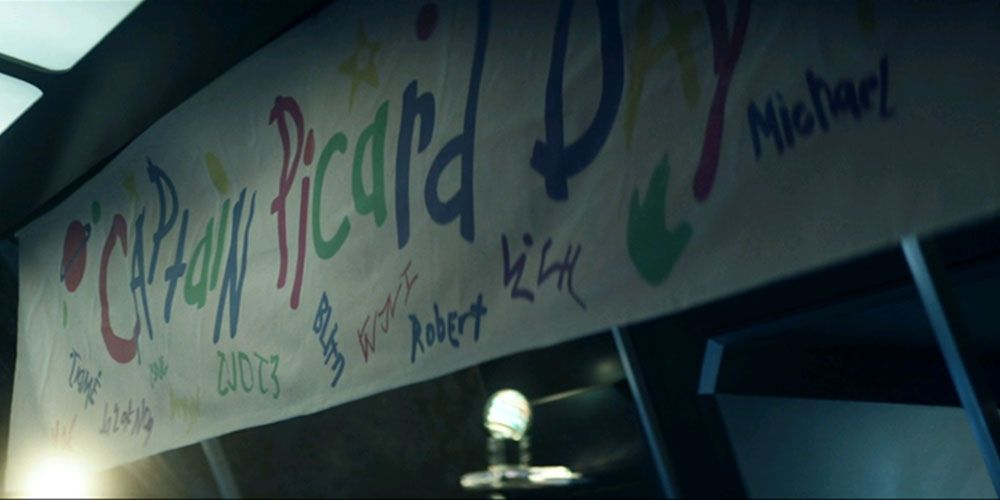
Those expecting a shot-for-shot reproduction of Next Generation will find themselves out of the loop, but that's all right. What's interesting about Picard is how the show manages to keep the feel of the original series, while doing something different. It opens with a glorious shot of the Enterprise-D before the camera travels directly into Ten Forward. Everything feels right, and it pulled us back into those glory days of TNG as we watched Picard and Data playing cards together.
There's a lot more nostalgia in this first episode, as well. Picard's visit to the Starfleet Archives elicits so many memories from the original series. Models of the Stargazer and the Captain's Yacht, a Klingon Bat'leth, and the now-famous "Captain Picard Day" children's poster are just a few of the highlights in this shot.
9 WE LIKED THE CAPTAIN
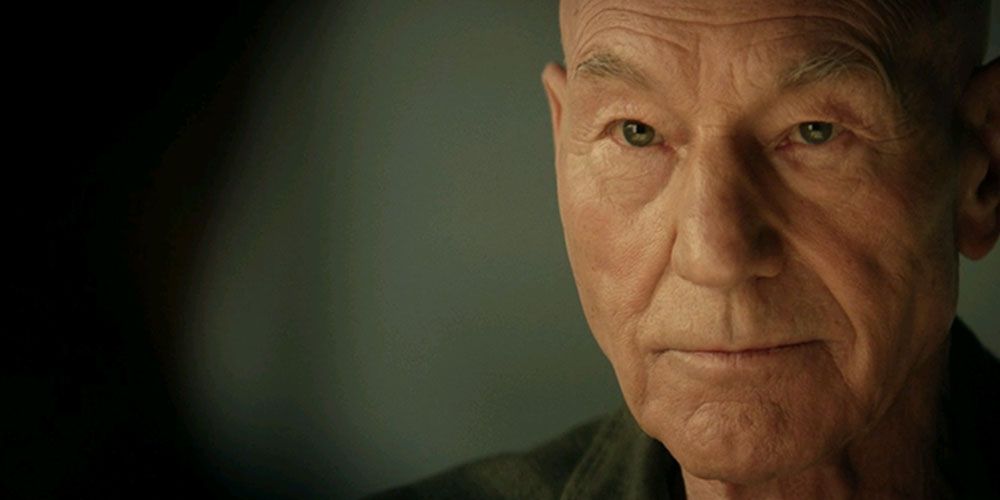
Jean-Luc Picard has undergone a few personality changes since we saw him in Star Trek: Nemesis. He's still the same Captain, but he's a man out of his element, following his unceremonious split from Starfleet. There's animosity towards Picard for his role in saving the lives of countless Romulans who fled their home-world, but the story goes deeper than that. We won't flesh it out yet, as it's probably best to wait for the next few episodes before weighing in, but there's some meaty story left to tell.
Picard is Picard, and that's the main thing. This isn't the same Captain who stared down the nose of a Romulan Warbird during a tense exchange, but he is playing to his age bracket, and Patrick Stewart adds weight to the character's shoulders that the audience feels. He's an old fellow, and the fire is still inside him, even if it isn't burning as bright as before.
8 WE LIKED THE VISUALS
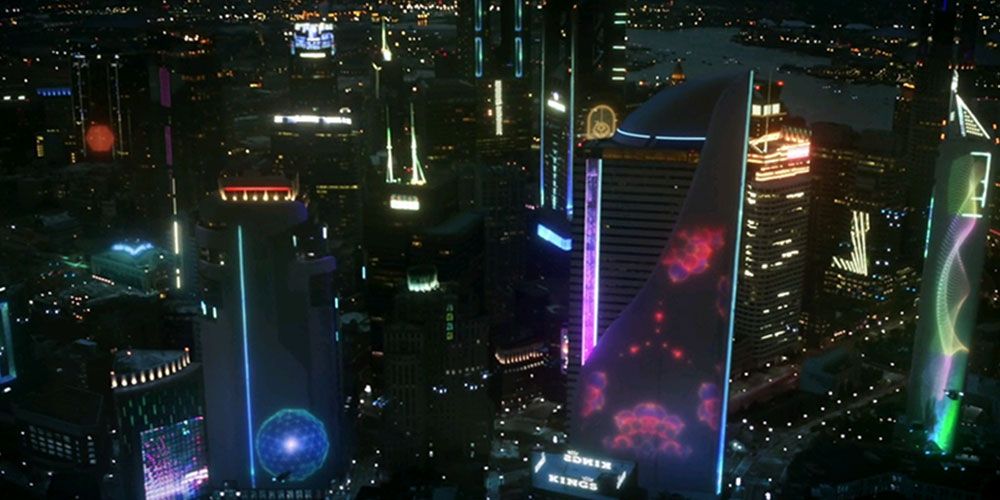
The visuals in Star Trek: Picard are money well spent. It eschews the overly-glossy feel of Star Trek: Discovery and banishes the overabundance of lens flares in favor of a contemporary take on Next Generation's style. Federation technology has been given a slight bump in both performance and flashiness, without looking too over-stylized. Château Picard holds a classical, rustic feel that offsets the luxurious (and altogether plausible) fly-by shot of Greater Boston in the very next scene. The visuals feel grounded in a 24th-century reality, and that helps pull you in as you watch the show.
Our favorite visual was the pull-back shot of the derelict Borg Cube near the end, which has us excited to see where the story will go from here.
7 WE LIKED THE CHARACTERS

Picard is nothing without his supporting characters, and so far we like them all. Laris and Zhaban live with Picard at his Château in France, acting as his caregivers. They genuinely care for Picard in a way that audiences have rarely seen from Romulan characters in the past. Isa Briones brings a nice presence to the screen as Dahj, a young woman who is more than she appears.
Ironically, the one character who feels a bit off is Commander Data. Maybe it's the makeup, but his appearance in Picard feels disjointed. Data's eyes are abnormally soulless, and his penetrating stare is a stark contrast to his humanistic mannerisms from the show and films. Since Data appears only in dreams and flashbacks, perhaps this was intentional?
6 WE LIKED THE MADDOX CONNECTION
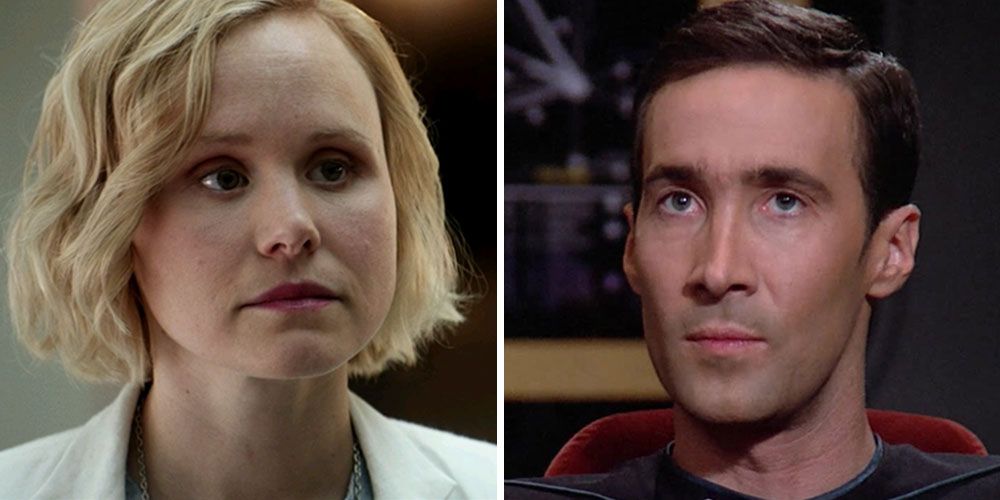
We especially liked Picard's meeting with Dr. Agnes Jurati at the Daystrom Institute. In this scene, we learn that Commander Maddox may have been involved in the successful cloning of a synthetic who looks exactly like a real human. For those unfamiliar with the name, Bruce Maddox was the Starfleet officer who once tried to have Data report to him for disassembly, so he could learn how to create more androids. Picard fought the ruling that Data was Starfleet property, pitting him against Maddox in the seminal TNG episode "The Measure Of A Man."
Maddox would later go on to respect Data, and the two worked together frequently before Data's untimely death onboard the Romulan Scimitar. Dr. Jurati explains that Maddox disappeared following Starfleet's shuttering the Daystrom Institute's synthetic research, which left him in emotional tatters. Here's hoping original actor Brian Brophy makes a cameo as Maddox in a future episode!
5 WE DISLIKED THE PACING
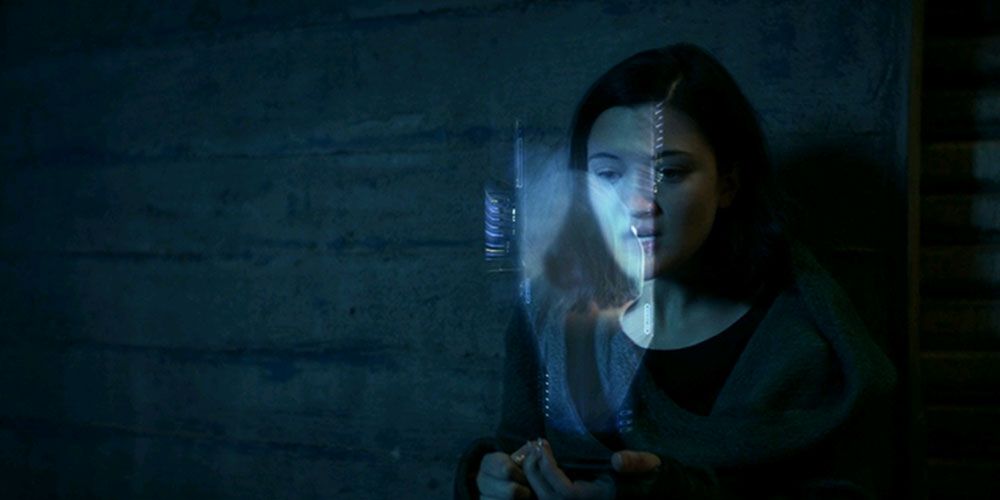
Picard starts off really well, laying a bit of backstory for the character while establishing a few key elements in this period of Starfleet's history. The second half of the show ramps things into high gear, and it's a bit jarring at first. Picard starts darting around the world, from San Francisco to Okinawa, while Dahj can't decide whether she should stay with Picard or leave, only to come back to him a second time.
It's not all bad, but we felt that the first episode may have tried to pack a bit too much in, without giving the story room to breathe. This is common with new shows. They spend time trying to find their footing, so we won't take it too seriously.
4 WE DISLIKED THE POLITICS
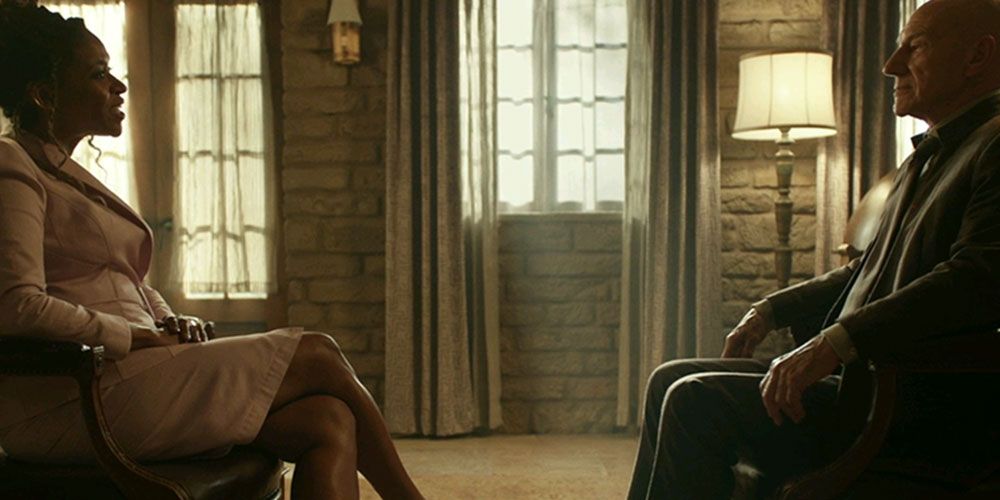
This one pertains more to media coverage, rather than the show, itself. While many reports indicated that Picard would attempt to make a statement about current political issues, we didn't see it. Picard's frustration with the Federation seems natural for an institution that spent the better part of 40 years fending off one major threat after another, from the Borg to the Dominion. The Next Generation was never afraid to frame modern social and political issues within a 24th-century setting, and that was what made it so marvelous.
We recommend that viewers watch Picard through the same lens they watched TNG with. Yes, the show has a few things to say, but it says them right, without pointing fingers at any one group. We're confident that Picard's idealism will end up shining through, near the end.
3 WE DISLIKED THE LACK OF SHIPS
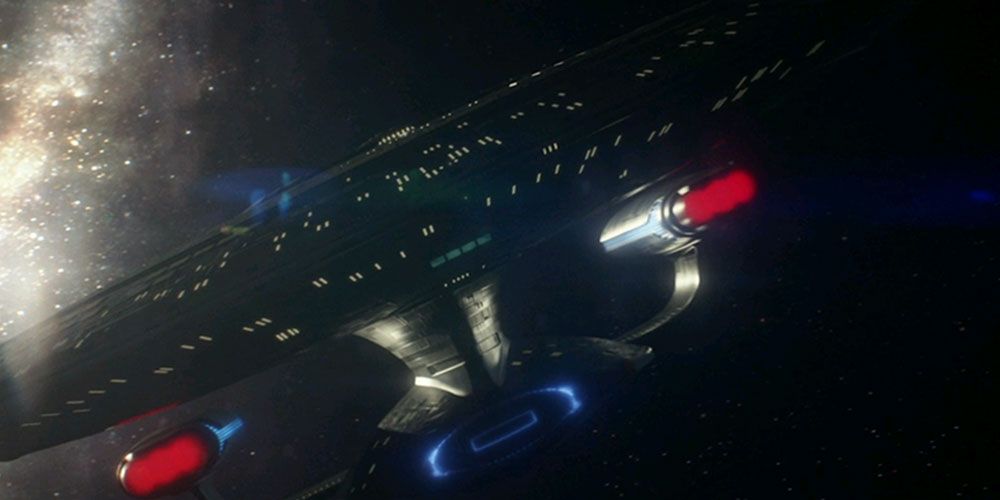
This first episode is set primarily on Earth, which is necessary to build the story. However, we're really disappointed that we didn't see more ships! Darn it all, we're too impatient! Oh well, there's plenty more Picard to come, and once we make it out into space, we're sure to see some great stuff!
2 WE DISLIKED THE B-4 REVELATION
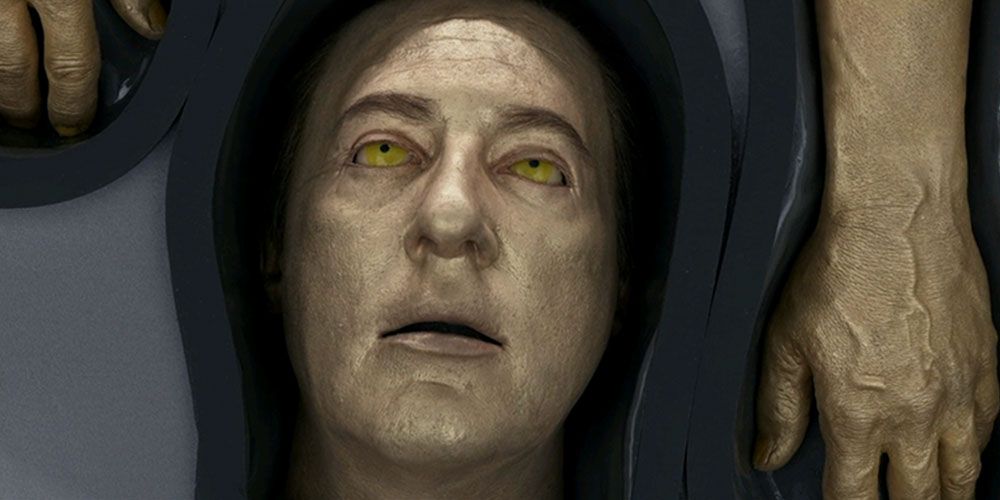
The end of Star Trek: Nemesis gave us hope that Data's memories would successfully merge with B-4's programming, giving him another shot at life. Sadly, this doesn't seem to be the case. Not only was B-4 subsequently disassembled, but Dr. Jurati reveals that Data's attempt to transfer his memories was a complete failure, leaving B-4 an inferior copy that couldn't come close to the original.
This has us quite bummed, but all hope may not yet be lost! Dr. Jurati also hints at the possibility of reconstructing Data's complete personality and memories from a single positronic neuron. Take that as you will!
1 WE DISLIKED DAHJ'S DEATH
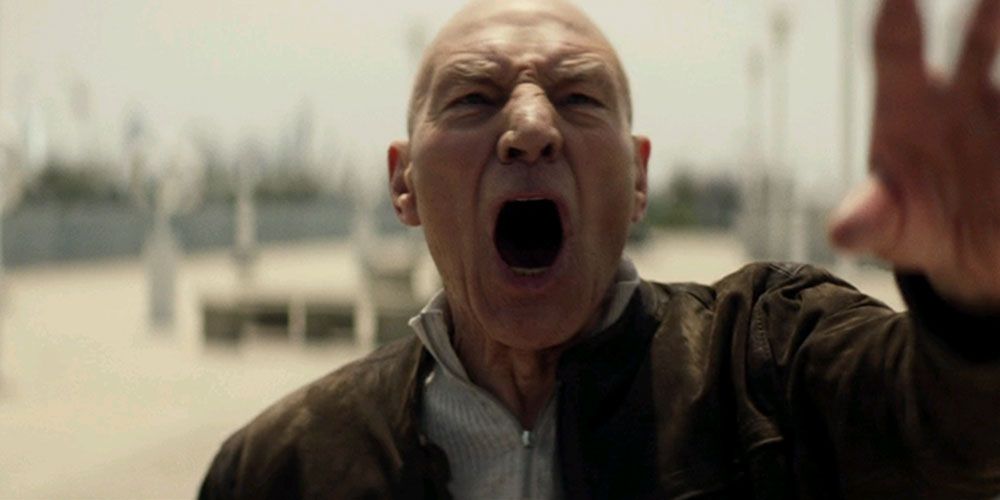
Dahj is something of a red herring in this first episode. It seems to set her up as a major character, but she checks out rather quickly (and violently). While this was done on purpose in order to extend the story arc to her twin sister, it shouldn't have happened so fast. One more episode could have familiarized the character before the rug got yanked out from under us.
Having Dahj die so fast means that we don't really care all that much, because we haven't had time to. This was a misstep, plain and simple.
from ScreenRant - Feed https://ift.tt/36iC6Gc

0 comments:
Post a Comment